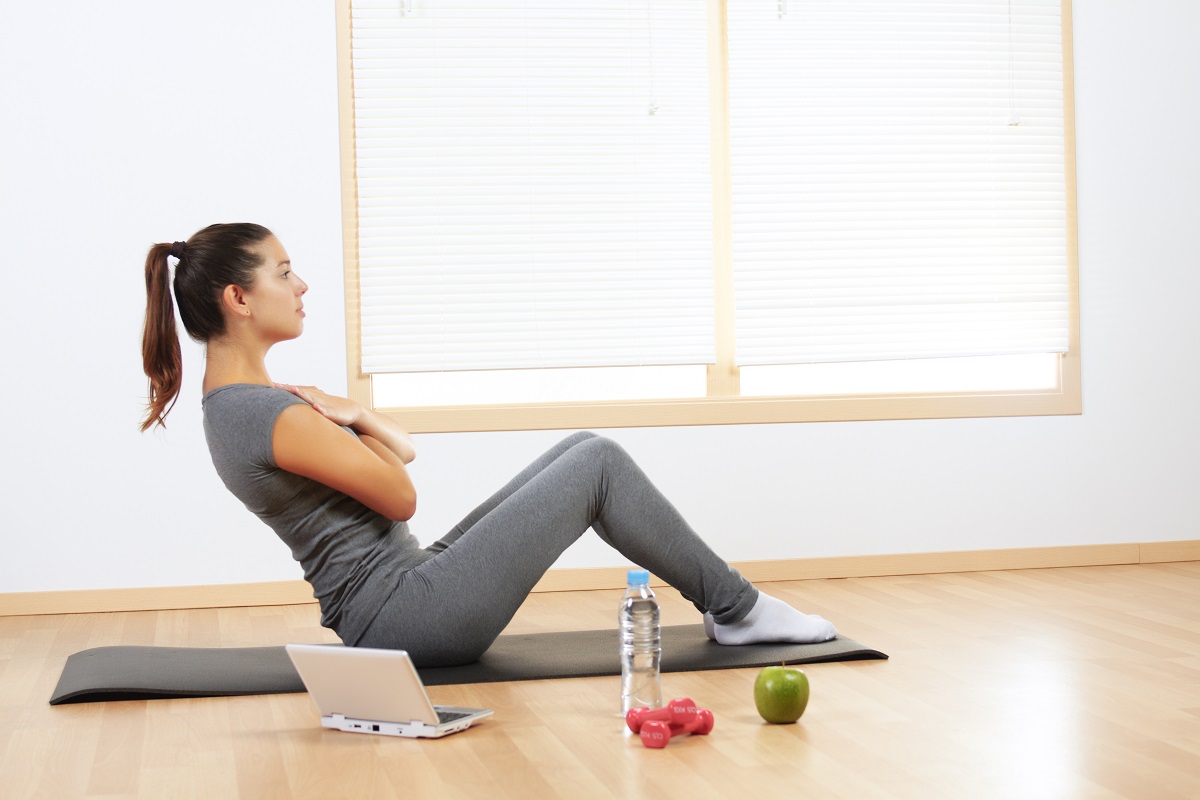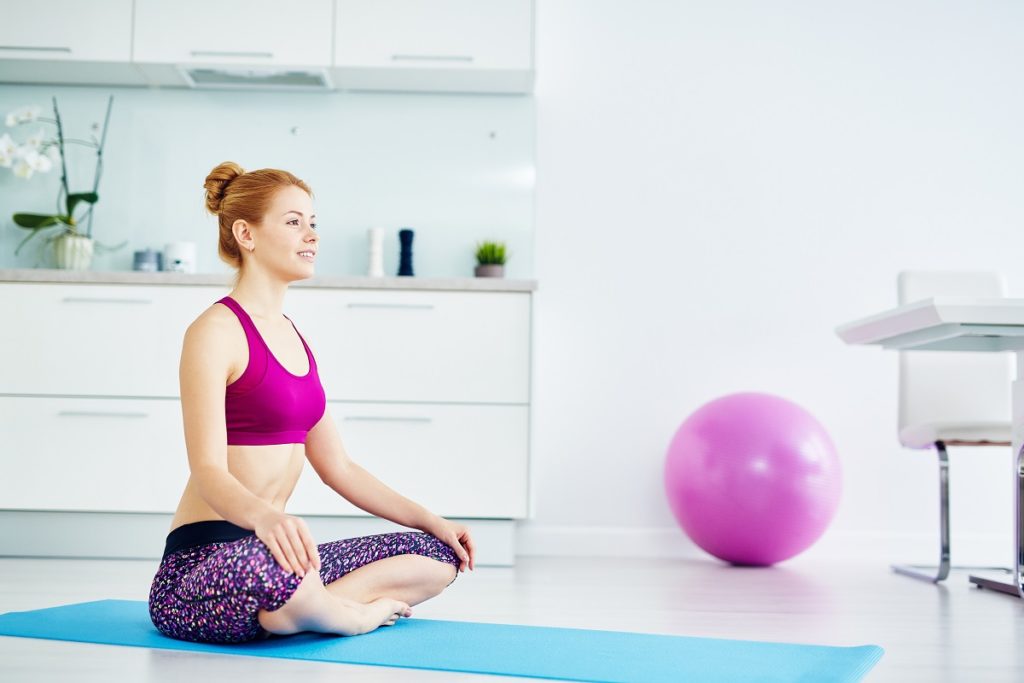While staying fit and active is an important part of our lives, many states don’t consider gyms and fitness centers an essential service. And it’s understandable: Public gyms are usually enclosed and poorly ventilated, multiple people are sharing equipment, and everyone is huffing and puffing—which means it’s a prime location for high-risk transmission, even if physical distancing and limited capacity are observed.
It’s no surprise that many homeowners have decided to invest in their own home gym: It’s safe, customizable, and helps families stay active without leaving the comforts of their homes. However, if you live an eco-conscious lifestyle and you want that to translate to every corner of your home, including your home gym, here are some key tips you should know.
Shop secondhand as much as you can.
If you already have a treadmill and a stationary bike, that’s already a good start. You can make those equipment pieces good as new by having them professionally cleaned or restored and repaired, especially if they have been out of commission for a while.
But if you find that they’re no longer salvageable and that you do need to purchase, try as much as you can to purchase secondhand. Especially if you need to buy bigger types of gear—because you have to remember those pieces will have to go to a landfill if they’re not restored, recycled, or repurposed.
Only use eco-friendly materials and products.
- Flooring. One of the biggest considerations you have to make when building your home gym is your flooring since you will most likely spend a lot of time rolling around in it. Find a material that is not only easy to clean but is also helpful in cushioning you when you fall accidentally or when you have to do some floor exercises. There is a world of options in the market for more environmentally friendly materials, like reused or recycled rubber to some recycled and commercial-grade carpet.
- Lighting. Lighting is also a crucial part of your home gym since it can make or break your energy and motivation levels. Remember that more light brings in more energy, so if your gym is dim, it might cause you to fall asleep on your yoga mat instead of energizing you—unless, of course, that’s the atmosphere you’re going for. Even basic LED lights are good enough to light up your home gym properly, and it’s eco-friendly, too.
- Cleaning supplies. Going eco-friendly doesn’t stop when your gym is built; you will need to use eco-friendly cleaning supplies, too. When looking for products, choose those with a Green Seal on the packaging. This means that they don’t contain toxins harmful to the atmosphere and you, your family, and your pets.
Do your due diligence by checking brands’ environmental ethos.
Before you purchase anything brand new, check the brand’s stance on caring for the environment and workers in terms of their sourcing, labor, and production. From sustainable energy to carbon-neutral shipping, there are plenty of ways brands pledge to care for the planet in their practices, and it will do your conscience a world of good if you support companies whose values align with yours when you’re buying something new.
Go minimal with your equipment.

Here’s a secret: You don’t actually need every exercise equipment out there in the world. With the help of your coach or trainer, you can curate your home gym according to you and your family’s basic fitness needs and work your way from there if you find that there’s a piece of gear that you miss. Here are some examples of the basic equipment you need:
- Adjustable dumbbells
- Resistance band set
- Kettle ball
- Yoga mat
- Pull-up bar
- Flat bench
- Recovery bands
- Booty bands
- Cork massage roller
- Speed rope
- Fitbit
Consult with your trainer about what equipment you need. If possible, look for multi-purpose gear so that you don’t have to procure so many items.
Limit your carbon footprint by choosing the right appliances.
From your HVAC systems to your lighting and electricity, there are plenty of steps you can take to ensure that your home helps you consume the least electricity possible. Consult with air conditioning engineers and professionals to know how you can get the best AC solutions that can help prevent practices and systems that harm the planet.
Choosing products and processes that benefit the environment may be inconvenient, but it’s the least we can do to help save the Earth. As long as the governments of the world and the everyday people work together, we might be able to provide a better planet for the next generation.

